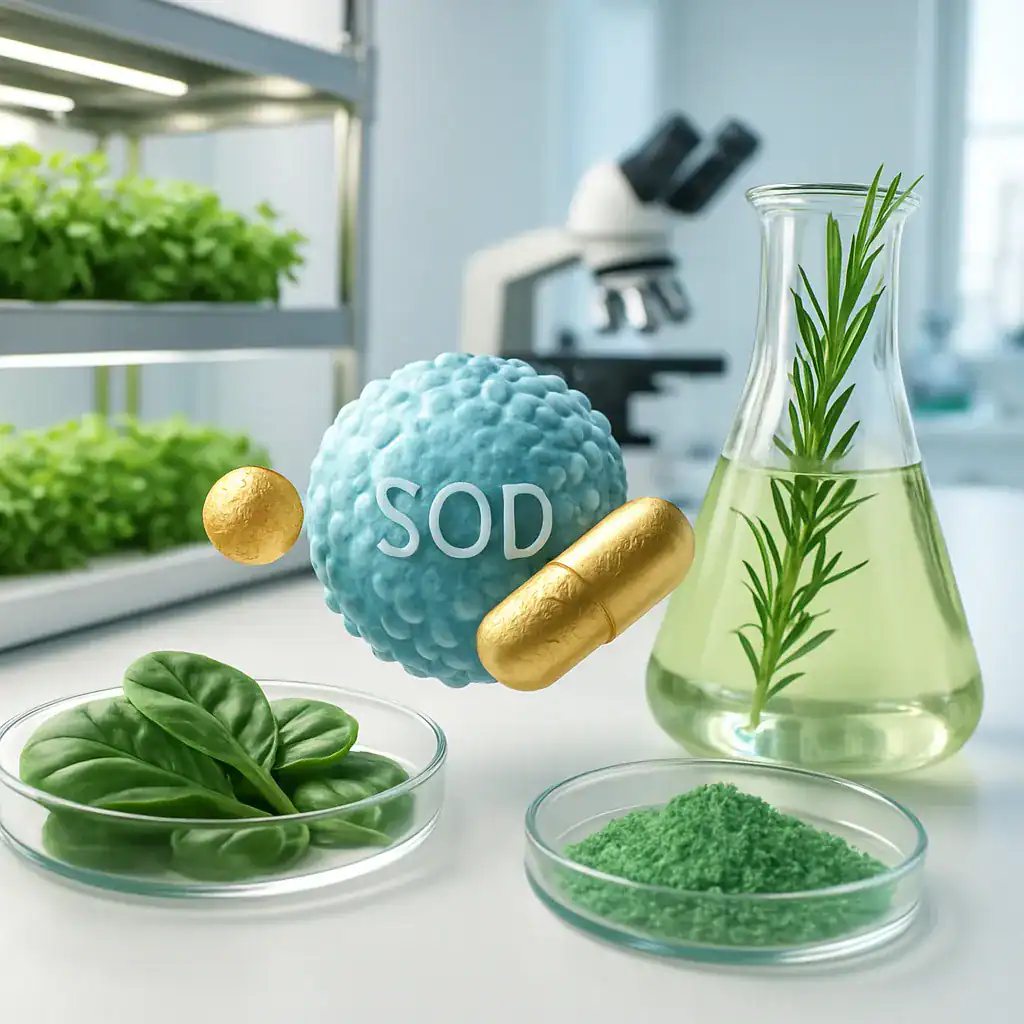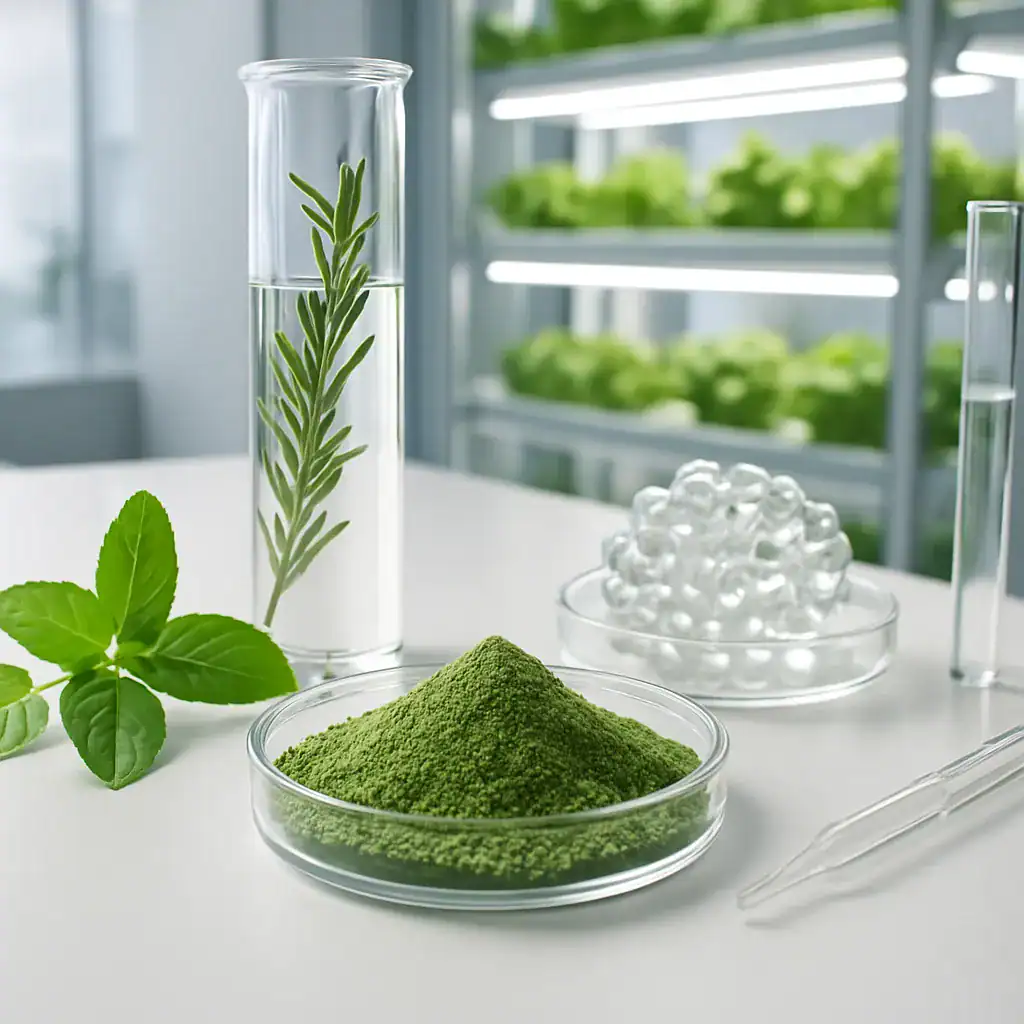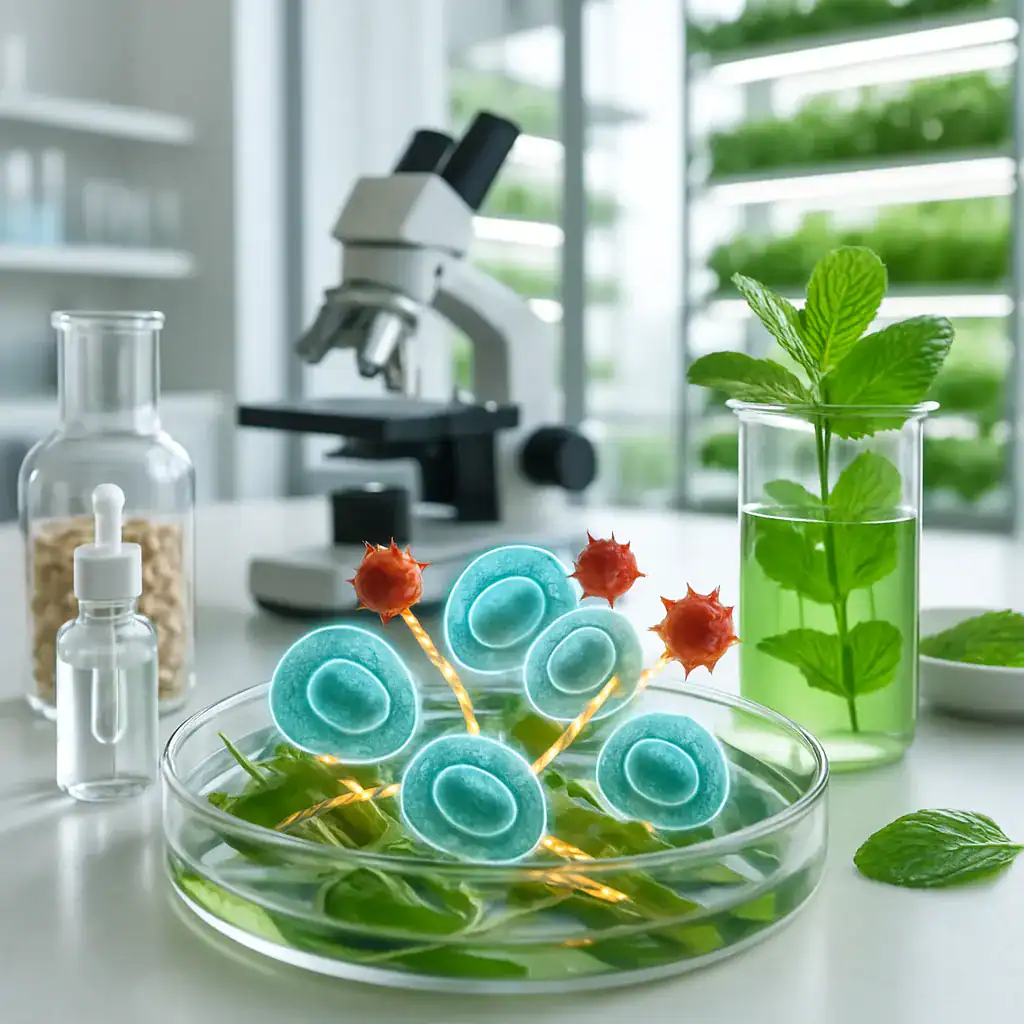Superoxide dismutase anti-aging mechanism: unlocking the body’s natural defense against aging
The critical role of superoxide dismutase in combating oxidative stress and aging
Ever wondered how your body naturally fights against the signs of aging? The answer lies in a powerful enzyme known as superoxide dismutase (SOD). This enzyme plays a vital role in neutralizing harmful molecules called free radicals—byproducts of normal metabolism and environmental exposure—that can damage cells, DNA, and tissues. As you age, your body’s natural superoxide dismutase levels tend to decline, leading to increased oxidative stress which accelerates skin aging, reduces skin elasticity, and contributes to chronic diseases. Understanding the anti-aging mechanism of SOD reveals how boosting this enzyme can enhance your body’s defenses, promoting healthier and more youthful skin, and supporting overall well-being. This enzyme’s ability to convert superoxide radicals—highly reactive molecules—into less damaging substances like hydrogen peroxide makes it fundamental in protecting tissues from lipid peroxidation and DNA damage. By strengthening your body’s antioxidant enzyme system, you can help mitigate the effects of reactive oxygen species and maintain a radiant, healthy appearance. But the significance of superoxide dismutase extends beyond skin care; it also supports cardiovascular health, reduces inflammation, and improves cellular resilience, making it an essential component in the fight against both physical and mental aging. Knowing how this natural defense operates opens the door to innovative therapies and supplements designed to enhance longevity and health.
Our Key Areas of Expertise


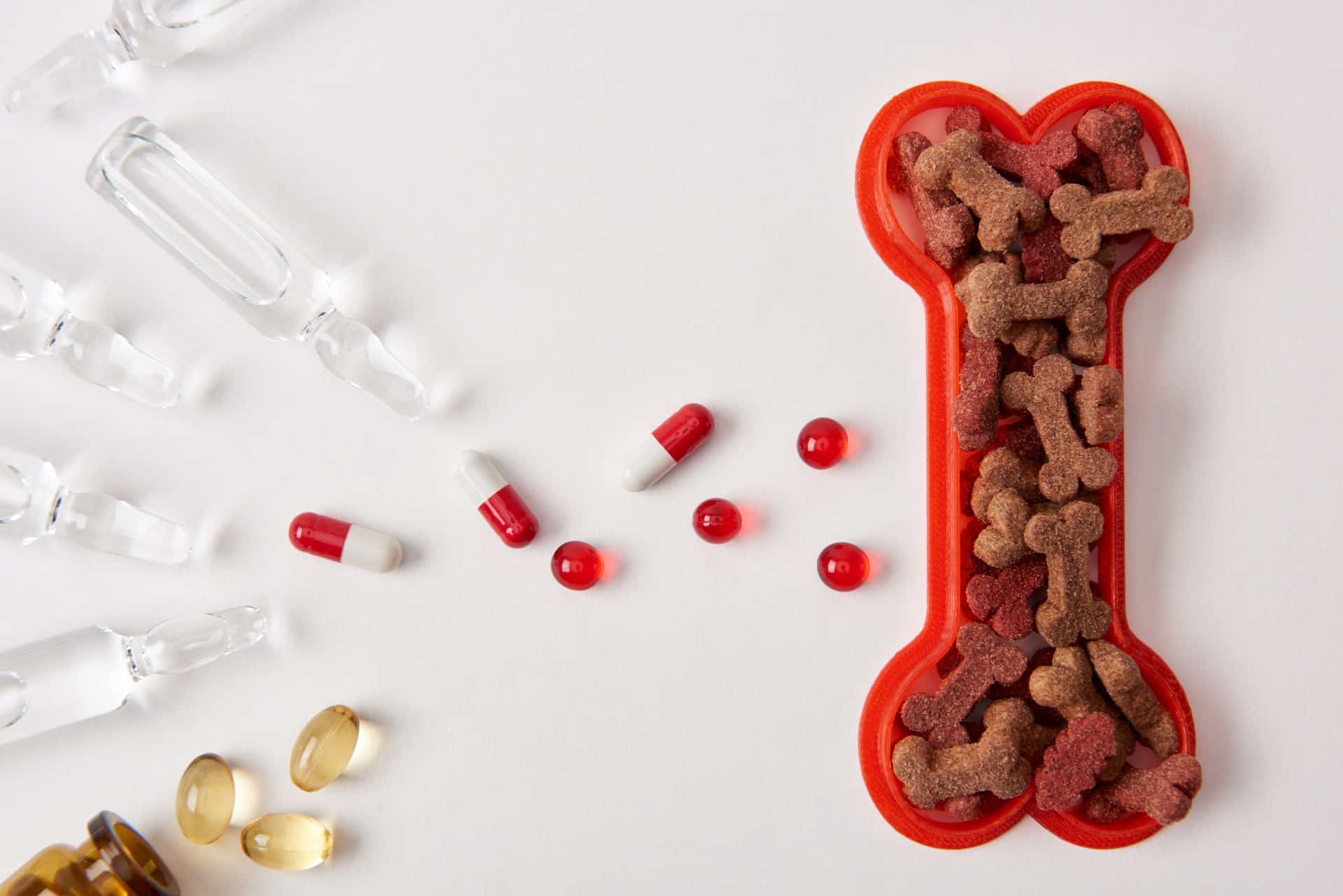
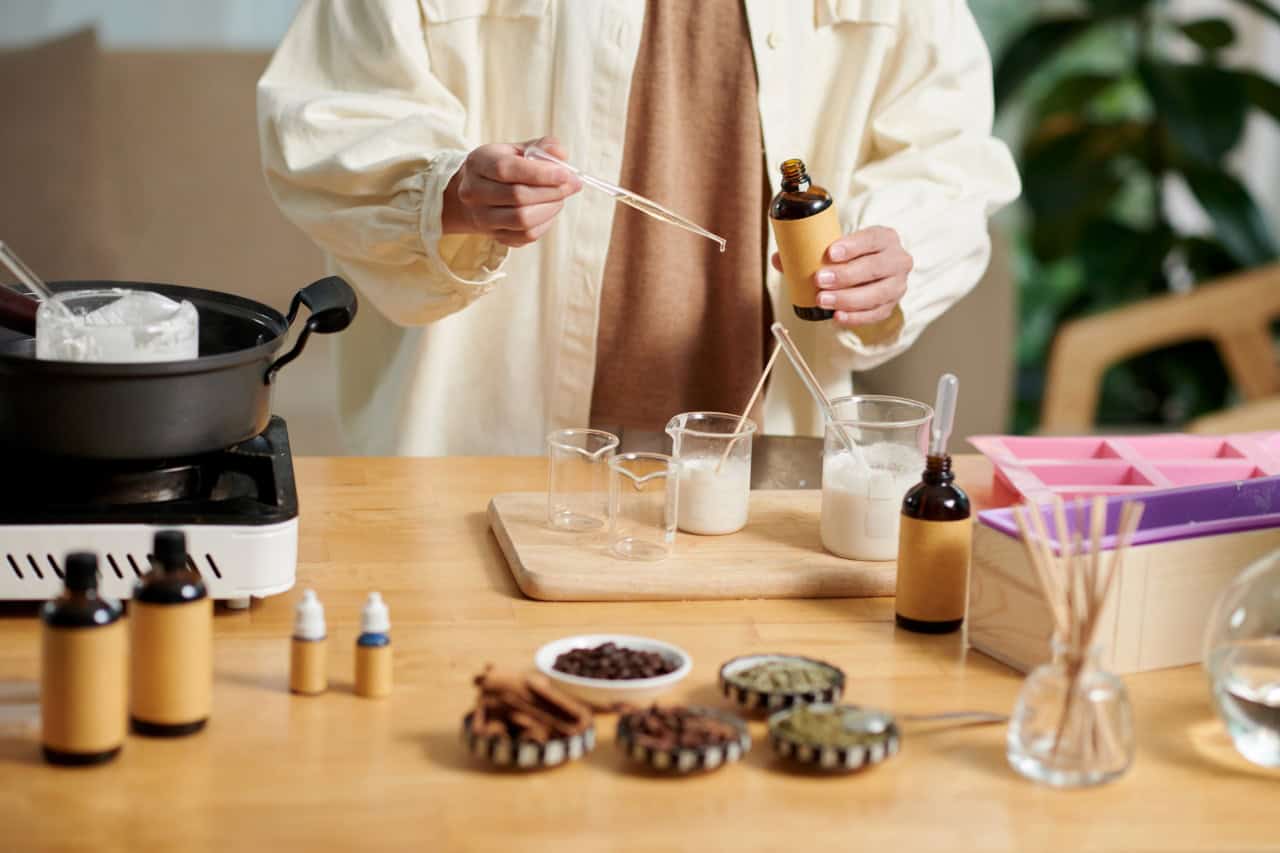
The Science Behind Superoxide Dismutase’s Anti-Aging Mechanism and Its Role in Health
Understanding Oxidative Stress and Its Impact on Aging
At the core of the superoxide dismutase anti-aging mechanism is its ability to combat oxidative stress, a condition caused by an imbalance between reactive oxygen species (ROS) and the body’s antioxidant defenses. Increased oxidative stress accelerates heme aging processes by damaging cellular components, including DNA, lipids, and proteins. Elevated levels of free radicals, especially superoxide radicals, can lead to lipid peroxidation, DNA oxidative damage, and triggering of gene expression alterations that promote aging-related decline.
Superoxide dismutase (SOD) plays a critical role by enzymatically catalyzing the dismutation of superoxide radicals into hydrogen peroxide and oxygen, thereby reducing cellular oxidative damage. Its catalytic activity is essential for maintaining the integrity of cellular structures, supporting collagen production for youthful skin, and alleviating the signs of skin aging, such as fine lines and loss of elasticity.
Production Processes and Bioavailability of Superoxide Dismutase
Developing effective superoxide dismutase formulations involves advanced biotechnological processes that preserve enzymatic activity and enhance bioavailability. PhNóva’s expertise in recombinant adeno-associated virus (rAAV) technology allows for the production of high-purity, stable SOD formulations, such as scAAV EC-SOD and placental SOD3, optimized for transdermal delivery systems like polymeric microneedles. These innovative methods facilitate the physical penetration of the enzyme into tissues, such as skin and vascular endothelium.
Moreover, utilizing extracellular superoxide dismutase (EC-SOD) and heavy metals chelators during manufacturing helps preserve enzyme activity and prevent inactivation. The integration of nanodelivery systems enhances bioavailability by protecting the enzyme from degradation and ensuring targeted delivery, which amplifies the anti-aging benefits.
Health Outcomes from Superoxide Dismutase Supplementation
Clinical trials have demonstrated that intake of superoxide dismutase can significantly delay skin aging and improve skin health by supporting hyaluronic acid synthesis and collagen production, resulting in a more radiant complexion with reduced fine lines and wrinkles. SOD supplementation also shows promise in defending against chronic diseases including liver fibrosis, cystic fibrosis, and brain injuries due to its ability to reduce cellular oxidative stress.
Specific health benefits include:
- Reduction of reactive oxygen species associated with cerebral ischemia-reperfusion injury
- Protection against liver fibrosis and high-fat diet-induced oxidative damage
- Support for vascular health by decreasing lipid peroxidation
- Enhanced stress resistance and cellular resilience in response to environmental toxins
Application in Cosmeceuticals and Functional Foods
In cosmetics, superoxide dismutase formulations are incorporated into products like broad-spectrum SPF50 sunscreens, which provide UV protection and help prevent premature skin aging. Combining SOD with Vitamin C can synergistically boost antioxidant capacity, aiding in melanin synthesis regulation and skin brightening.
In functional foods and nutraceuticals, natural SOD enhances consumer appeal by offering safe, natural anti-aging solutions that support DNA methylation and protect cellular DNA from oxidative damage. SOD-rich extracts from plant sources and advanced exosome nanocarrier systems facilitate effective delivery through transdermal or oral routes.
Summary of Key Factors in Superoxide Dismutase Anti-Aging Strategies
| Factor | Description |
|---|---|
| Production Techniques | Biotechnological methods including recombinant DNA and nanodelivery systems to preserve enzyme activity and enhance bioavailability. |
| Delivery Systems | Innovative approaches like polymeric microneedles and transdermal patches enable effective skin absorption. |
| Health Benefits | Support for skin aging, cardiovascular health, and reduction of oxidative stress related to chronic diseases. |
| Formulation Components | Combining SOD with Vitamin C, hyaluronic acid, and other antioxidants enhances synergistic effects. |
By understanding the anti-aging mechanism of superoxide dismutase and optimizing its production and delivery, brands like PhNóva are able to develop innovative solutions that promote cellular resilience, protect against oxidative damage, and support a radiant, youthful appearance for consumers.
Advanced Mechanisms and Therapeutic Applications of Superoxide Dismutase in Anti-Aging
Molecular Pathophysiology and Cellular Mechanisms
The superoxide dismutase anti-aging mechanism operates through multiple interconnected pathways that extend far beyond simple free radical scavenging. At the cellular level, SOD enzymes work in concert with other antioxidant systems, particularly glutathione peroxidase, to form a comprehensive defense network against oxidative damage. The mechanism of action involves three primary SOD isoforms: cytoplasmic Cu,Zn SOD (SOD1), mitochondrial Mn SOD (SOD2), and extracellular Fe SOD (SOD3), each targeting specific cellular compartments where mitochondrial reactive oxygen species accumulate.
The free radical theory of aging provides the foundation for understanding how SOD combats intrinsic aging processes. Superoxide catalyzed reactions generate damaging free radical superoxide molecules that trigger cellular senescence through multiple pathways. SOD’s enzyme action effectively neutralizes these radicals before they can initiate lipid oxidation and compromise membrane permeability, thereby preserving cellular integrity and preventing premature aging.
Connective Tissue Protection and Matrix Regulation
One of the most significant aspects of the superoxide dismutase anti-aging mechanism involves its protective effects on connective tissue. SOD helps maintain collagen content by preventing matrix metalloproteinase-1 activation, which would otherwise degrade collagen fibers and accelerate skin aging. The enzyme’s ability to modulate matrix metalloproteinases extends beyond MMP-1 to include other proteases that break down the extracellular matrix.
Research using Caenorhabditis elegans models and Masson’s trichrome staining has demonstrated that SOD supplementation significantly preserves connective tissue architecture. This protective effect is particularly evident when examining biochemical indices related to collagen synthesis and degradation, where SOD-treated samples show enhanced structural integrity and reduced matrix degradation markers.
Stem Cell Function and Regenerative Mechanisms
The relationship between SOD and stem cells represents a crucial aspect of anti-aging therapeutics. Oxidative stress significantly impairs stem cell function and regenerative capacity, leading to reduced tissue repair and accelerated aging. SOD’s protective effects extend to hair follicle stem cells, where it helps maintain follicular regenerative capacity and prevents age-related hair loss. Stem cell-based materials enriched with SOD show enhanced therapeutic potential in regenerative medicine applications.
The enzyme’s influence on stem cell metabolism involves regulation of metabolic reactions and protection against mitochondrial reactive oxygen species that can damage stem cell DNA and impair their differentiation potential. This protection is particularly important for maintaining the regenerative capacity of tissues throughout the aging process.
Advanced Delivery Systems and Therapeutic Applications
Modern approaches to SOD supplementation have evolved beyond simple oral delivery to include sophisticated targeting mechanisms. Recombinant EC-SOD produced through biotechnology offers superior stability and bioavailability compared to naturally derived enzymes. Advanced formulations utilize solid lipid nanoparticles and extracellular vesicles to enhance penetration and protect the enzyme from degradation.
Mechanical extrusion and saponin permeabilization techniques have been developed to improve cellular uptake of SOD, particularly in sensitive skin applications. These delivery methods ensure that the enzyme reaches its target sites effectively, whether for disease treatment or preventive anti-aging applications.
Specific Disease Applications and Therapeutic Effects
The therapeutic effects of SOD extend to numerous age-related conditions. In amyotrophic lateral sclerosis, SOD1 mutations are directly implicated in disease pathogenesis, highlighting the critical role of this enzyme in neurological health. SOD supplementation has shown promise in treating concussive brain injury by reducing secondary oxidative damage.
Superoxide dismutase 2 (Mn SOD) specifically targets mitochondrial oxidative stress, which is particularly relevant in lipid metabolism disorders and metabolic aging. The enzyme’s protective effects against estrogen-induced breast cancer demonstrate its potential in hormone-related disease prevention through oxidative stress reduction.
Environmental Protection and External Aging Factors
SOD’s role in protecting against extrinsic factors includes defense against ultraviolet irradiation and UV rays that accelerate skin aging. The enzyme works synergistically with other protective mechanisms to prevent skin inflammation and maintain barrier function. This protection is particularly important for preventing photoaging and maintaining skin health in environments with high oxidative stress.
Toll-like receptor 4 activation, often triggered by oxidative damage, is modulated by SOD activity, reducing inflammatory responses that contribute to accelerated aging. The enzyme’s ability to regulate inflammatory pathways represents an important aspect of its anti-aging mechanism.
Molecular Regulation and Gene Expression
At the molecular level, SOD influences aging through regulation of the Nrf2/HO-1 axis, a critical pathway for cellular antioxidant response. The enzyme affects HAT and HDAC (histone acetyltransferase and histone deacetylase) activities, influencing gene expression patterns related to aging and cellular repair mechanisms.
SOD’s interaction with NADPH oxidase and xanthine oxidase systems creates a balanced oxidative environment that supports healthy cellular function. The oxidation of copper within Cu,Zn SOD’s active site exemplifies the precise biochemical control these enzymes exert over cellular oxidative status.
Biomedical Applications and Future Directions
Current biomedical application research focuses on developing targeted therapies that leverage SOD’s anti-aging properties for specific tissue types and disease conditions. AAV EC-SOD gene therapy approaches represent cutting-edge treatments for delivering sustained SOD activity to target tissues.
The integration of SOD into comprehensive anti-aging strategies involves understanding its interactions with cellular repair mechanisms, metabolic processes, and tissue-specific aging patterns. Future therapeutic developments will likely focus on personalized SOD supplementation based on individual oxidative stress profiles and genetic factors affecting enzyme activity.
This multifaceted approach to understanding the superoxide dismutase anti-aging mechanism reveals its fundamental importance in maintaining cellular health, preventing age-related diseases, and supporting longevity across multiple biological systems.
R&D Consultancy
Discover how PhNóva’s R&D Consultancy can help transform your idea into a market-ready solution — with expert support in formulation, regulatory compliance, and innovative delivery systems to give your product a competitive edge.
FAQ's about Superoxide dismutase anti-aging mechanism: unlocking the body’s natural defense against aging
What is the role of superoxide dismutase in preventing skin aging?
Superoxide dismutase (SOD) helps protect the skin from oxidative stress by neutralizing superoxide radicals, which are reactive molecules contributing to skin aging. It promotes collagen synthesis, reduces fine lines, and improves skin elasticity. Boosting SOD levels can lead to healthier, more youthful skin and support overall skin barrier function against environmental damage, making it a crucial component in anti-aging skincare strategies.
How do reactive oxygen species affect the aging process?
Reactive oxygen species (ROS), including free radicals like superoxide radicals, damage cellular components such as DNA, lipids, and proteins. This oxidative damage accelerates aging by impairing cell function, decreasing collagen production, and causing skin degradation. Managing ROS levels with antioxidants like SOD reduces this oxidative stress, thereby slowing the aging process and supporting longevity and skin health.
Can boosting superoxide dismutase levels help with chronic diseases?
Yes, increasing superoxide dismutase (SOD) activity can support the body’s defense against oxidative stress, which is linked to many chronic diseases like liver fibrosis, cystic fibrosis, and cardiovascular conditions. SOD reduces lipid peroxidation, DNA damage, and inflammation, helping to protect tissues and improve overall health outcomes. Supplementing with effective SOD formulations can therefore aid in disease prevention and management.
What advanced methods are used to improve superoxide dismutase bioavailability?
Advanced bioengineering techniques such as recombinant DNA technology (e.g., scAAV EC-SOD, placental SOD3) and nanodelivery systems like polymeric microneedles enhance both stability and transdermal absorption. These methods protect SOD from degradation, facilitate targeted delivery into tissues like skin and vascular endothelium, and maximize its anti-aging effects. Such innovations make SOD more effective as a supplement or topical agent.
How does superoxide dismutase support cardiovascular health?
SOD reduces lipid peroxidation and scavenges superoxide radicals in blood vessels, helping prevent atherosclerosis and endothelial damage. By diminishing oxidative stress in vascular tissues, SOD supports healthy circulation, lowers blood pressure, and improves overall heart health. Incorporating SOD into health regimens can therefore contribute to cardiovascular resilience and longevity.
What is the significance of combining superoxide dismutase with other antioxidants like Vitamin C?
Combining SOD with antioxidants such as Vitamin C produces a synergistic effect that enhances overall anti-oxidative capacity. While SOD converts superoxide radicals into hydrogen peroxide, Vitamin C further neutralizes hydrogen peroxide, preventing it from forming damaging free radicals. This combination provides comprehensive protection against oxidative stress, skin aging, and cellular damage.
How can superoxide dismutase formulations be incorporated into cosmetic products?
SOD can be included in creams, serums, and sunscreens aimed at protecting skin from UV damage and reducing signs of aging. Special delivery systems like nanocarriers or transdermal patches improve enzyme stability and skin penetration. Combining SOD with UV filters, hyaluronic acid, or collagen support ingredients amplifies anti-aging benefits, promoting a radiant and youthful complexion.
Get in Touch with PhNóva
Have questions or need expert guidance? Contact us today — our team is ready to assist you with tailored solutions for your formulations.

11/08/2025



